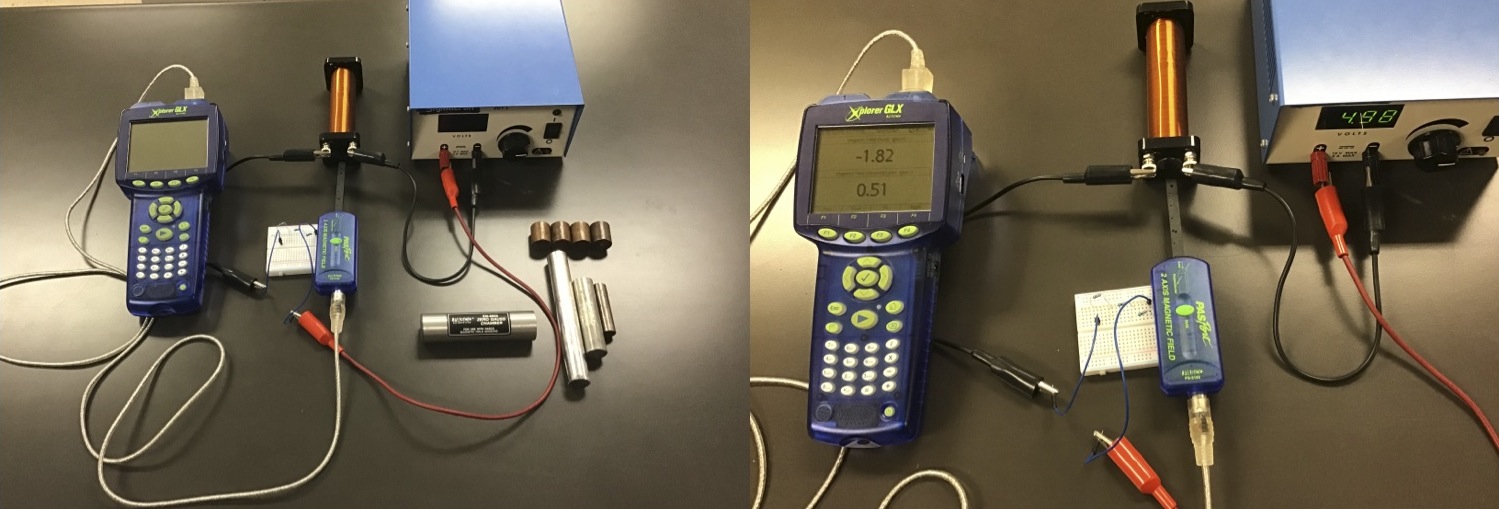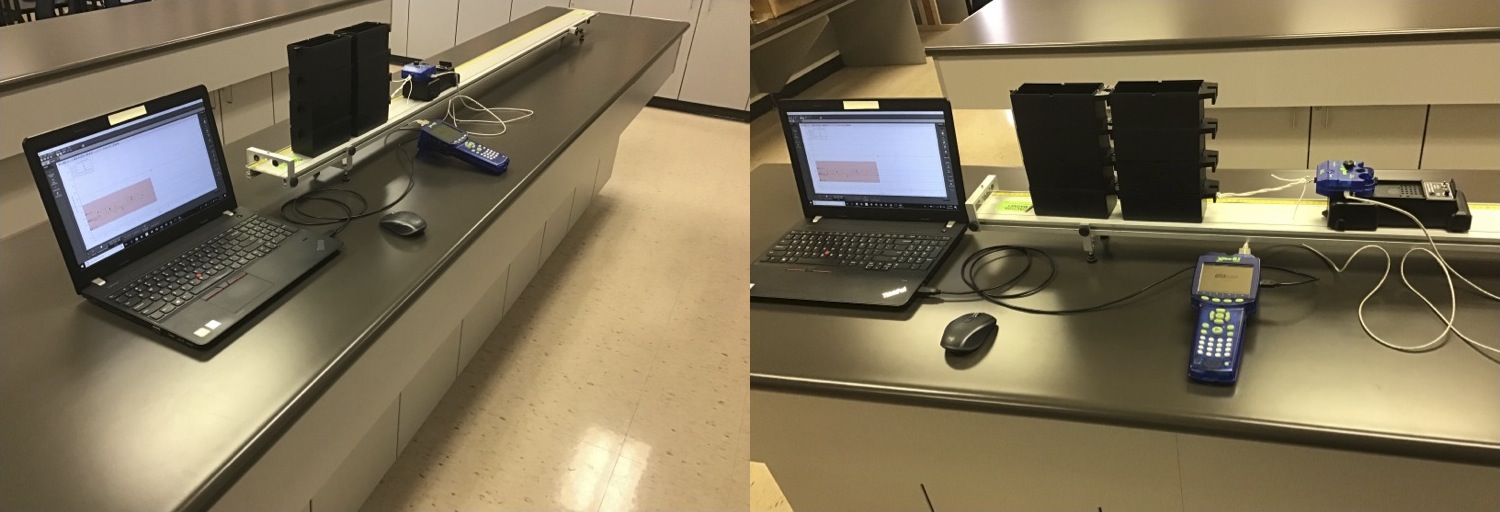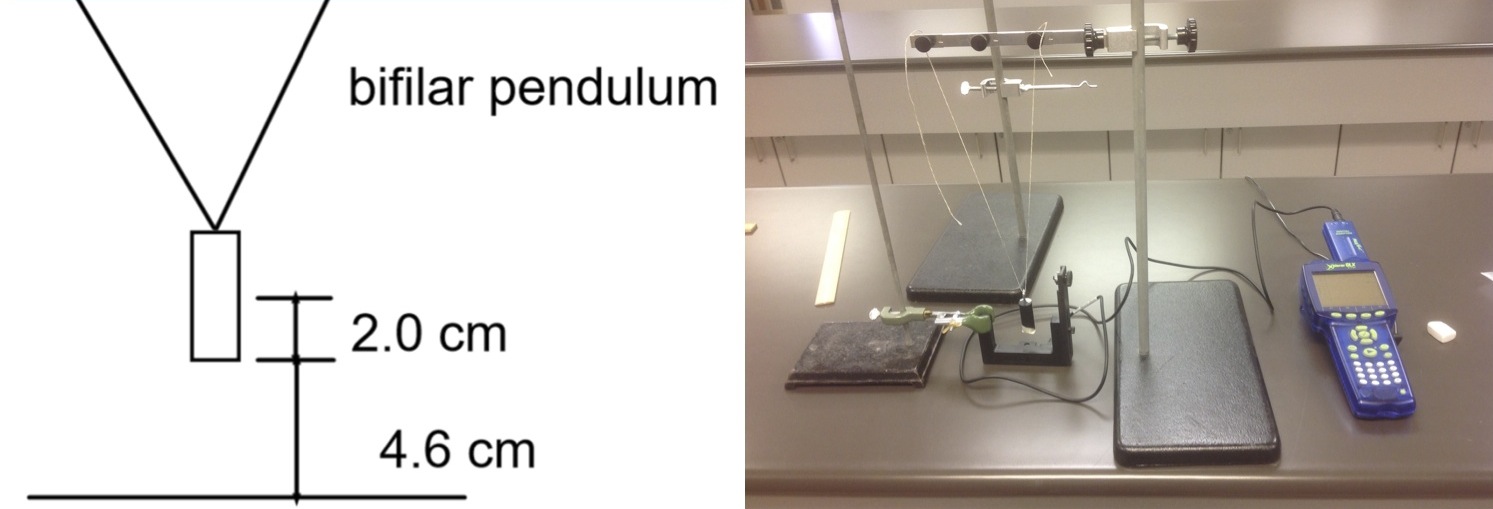Tim McCarthy, Teacher, St. Ignatius of Loyola Catholic Secondary School
mccarthyt@hcdsb.org
Controlled experiments with three factors are a great way for physics students to practice identifying and testing factors that may affect a situation. They provide an excellent opportunity to practice the Scientific Investigation Skills found in Strand A. The students are provided with a situation, brainstorm possible factors that may affect the situation, reduce the list of factors to three that can be tested in the physics lab, develop hypotheses, design procedures to test the factors, test the factors, analyze the data, perform experimental error analysis, and draw conclusions on the effects the three factors have had on the original situation.
My struggle has been to find situations that easily fit this format and that also match the curriculum specific expectations. I have created one three-factor controlled experiment for each of the six units in my 12C physics course. The three-factor experiment in the first unit is used as assessment for learning (formative) to teach the students how to do a controlled experiment. The remaining five experiments are used as assessment of learning (summative). Simulations are used for some experiments as I do not have the necessary equipment to perform all them in the lab.
Each three-factor controlled experiment takes two 75-minute class periods to complete. On the first day, the situation is presented to the students. In groups of three to four using whiteboards, they develop a list of possible factors that may affect the situation. The lists are combined as a class and the students are then asked, with teacher assistance, to sort the list into four groups: possible to test in our lab; possible to test in a better lab; related to a different factor already listed; nothing to do with the situation. The result is a set of three factors that can be tested in the lab.
The next steps vary depending on the experiment. Sometimes the students are asked to create a hypothesis and other times they are asked to develop a procedure to do the experiment. Lastly, observational data is collected and recorded as the experiment is performed. On the second day, the students formulate hypotheses, analyze the observed data, do calculations, graph their results, do experimental error analysis, and draw conclusions as they complete a written report. The written report is completed in “open book test” conditions with students separated from each other, prevented from communicating with each other, and provided access to their notebooks.
The SPH4C Gr. 12 College Physics Strand A Scientific Investigation Skills specific expectations that are activated over the two days are:
- Day 1: A1.1, A1.2, A1.4, A1.5, A1.6, A1.11, A1.12;
- Day 2: A1.1, A1.6, A1.8, A1.10, A1.11, A1.12, A1.13.
When the report is marked and returned, the students are provided with a post-lab analysis sheet. This student self-assessment process allows the students to identify their lab skill weaknesses so that they can work on improving them for the next experiment. This is the first year that I have used post-lab analysis sheets for student self-assessment although I have been using post-test analysis sheets for student self-assessment for twelve years.
The final 30% evaluation in my SPH4C Grade 12 Physics course consists of a 15% course culminating activity and a 15% two-hour final exam. The course culminating activity occurs over four days. On the first day, the students plan an experiment based on content from one strand. On the second day, the students perform an experiment based on content from a second strand. On the third day, the students analyze data from an experiment based on content from a third strand. On the fourth day, the students present an oral presentation of a career in physics related to any content strand studied. (This model of course culminating activity has been used in my school since 2009-2010. A 15% four-day course culminating activity is used for all Grade 9 and 10 academic and applied level science classes and Grade 11 and 12 College level science classes. A 10% three-day course culminating activity is used for all Grade 11 and 12 University level science classes, eliminating the physics career oral presentation and increasing the final exam to 20%.) The three-factor experiments are excellent preparation for the course culminating activity.
I have had success using three-factor controlled experiments in my SPH4C Grade 12 College Physics class. Give them a try.
Six Three-Factor Experiments for SPH4C Grade 12 College Physics
The six three-factor experiments that are done in my SPH4C College Physics class are listed below. I have provided the content strand to which the experiment belongs, the strand specific expectations, the three factors being tested (Parts A-C), the equipment or simulation that is used, and the data collection form for each experiment. I have also provided the report that is written by students and the post-lab analysis sheet for the assessment as learning (formative) experiment done in Unit 1 – Introduction Strand D Electricity and Magnetism (Factors Affecting Resistance).
Unit 1 – Introduction Strand D Electricity and Magnetism
Factors Affecting Resistance D2.1
Part A: Effect of Resistivity on Resistance
Part B: Effect of Length on Resistance
Part C: Effect of Cross-Sectional Area on Resistance
A simulation is used for this experiment.
Unit 1
Factors Affecting Resistance Data CollectionUnit 1
Factors Affecting Resistance ReportUnit 1
Factors Affecting Resistance Post-Lab Analysis SheetUnit 2 Strand D Electricity and Magnetism
Factors Affecting Strength of a Solenoid Electromagnet D2.1, D2.4, D2.5
Part A: Effect of Current (by Adjusting Electric Potential Difference) on Magnetic Field Strength
Part B: Effect of Number of Turns on Magnetic Field Strength
Part C: Effect of Magnetic Permeability on Magnetic Field Strength
A simulation is used for Part A and Part B of this experiment.
Lab equipment is used for Part C of this experiment: Xplorer GLX Pasco PS-2002, Pasport 2 Axis Magnetic Field Sensor Pasco PS-2162, Zero Gauss Chamber Pasco EM-8652, Primary Coil (50 ohm) Northwest Scientific 24-2260, 3 alligator leads, 3 x 330 ohm resistors, small breadboard, 2 male to male jumper wires, copper specific gravity specimens, aluminum, steel, steel, variable DC power supply
 Unit 3 Strand B Motion and Its Applications
Unit 3 Strand B Motion and Its Applications
Factors Affecting Acceleration Due to Gravity B2.1, B2.10
Part A: Effect of Object Mass (Material Type) on Acceleration Due to Gravity
Part B: Effect of Height on Acceleration Due to Gravity
Part C: Effect of Planet on Acceleration Due to Gravity
A simulation is used for this experiment.
Unit 4 Strand C Mechanical Systems
Factors Affecting Magnitude of Force of Kinetic Friction C2.1, C2.3
Part A: Effect of Surface Area on Magnitude of Force of Kinetic Friction
Part B: Effect of Magnitude of Normal Force (Mass) on Magnitude of Force of Kinetic Friction
Part C: Effect of Coefficient of Kinetic Friction (surface types) on Magnitude of Force of Kinetic Friction
Lab equipment is used for this experiment: 2 x Discover Friction Accessory Pasco ME-8574, Variable Speed Motorized Cart Pasco ME-9781, Xplorer GLX Interface Pasco PS-2002, Force Sensor Pasco PS-2104, Capstone software Pasco UI-5400, 2.2 m Dynamics Track Pasco ME-9779
 Unit 5 Strand E Energy Transformations
Unit 5 Strand E Energy Transformations
Factors Affecting Speed of a Pendulum E2.1, E2.3
Part A: Effect of Mass of Pendulum on Speed of Pendulum
Part B: Effect of Height of Pendulum on Speed of Pendulum
Part C: Effect of Length of Pendulum on Speed of Pendulum
Lab equipment is used for this experiment: meter stick, large support stand, small support stand, pendulum clamp, hook clamp, string, buret clamp, Xplorer GLX Interface Pasco PS-2002, Pasport Digital Adapter Pasco PS-2159, Photogate Head Pasco ME-9498A, Photogate Pendulum Set Pasco ME-8752
 Unit 6 Strand F Hydraulics and Pneumatics
Unit 6 Strand F Hydraulics and Pneumatics
Factors Affecting Static Pressure Head F2.1, F2.3
Part A: Effect of Depth Below Surface on Static Pressure Head
Part B: Effect of Density on Static Pressure Head
Part C: Effect of Acceleration Due to Gravity on Static Pressure Head
Simulations are used for this experiment.
Tags: Assessment, College, Electricity, Fluids, Forces, Kinematics, Magnetism, Pedagogy, Pressure




